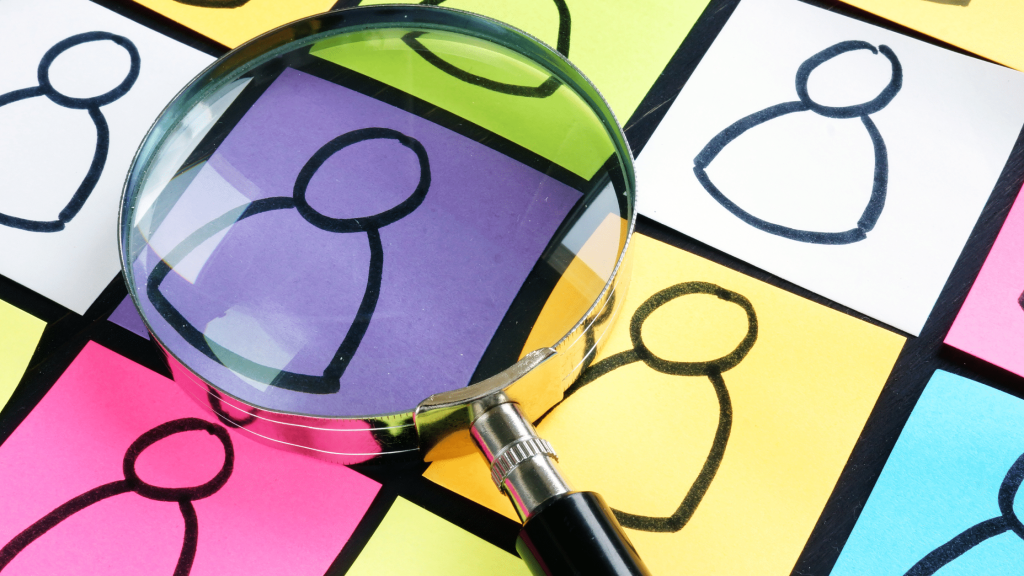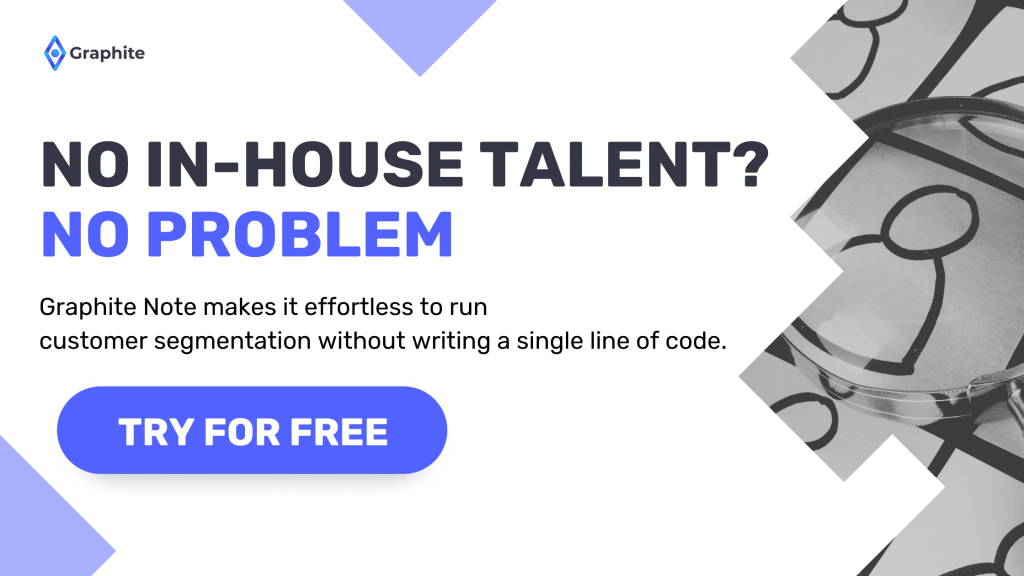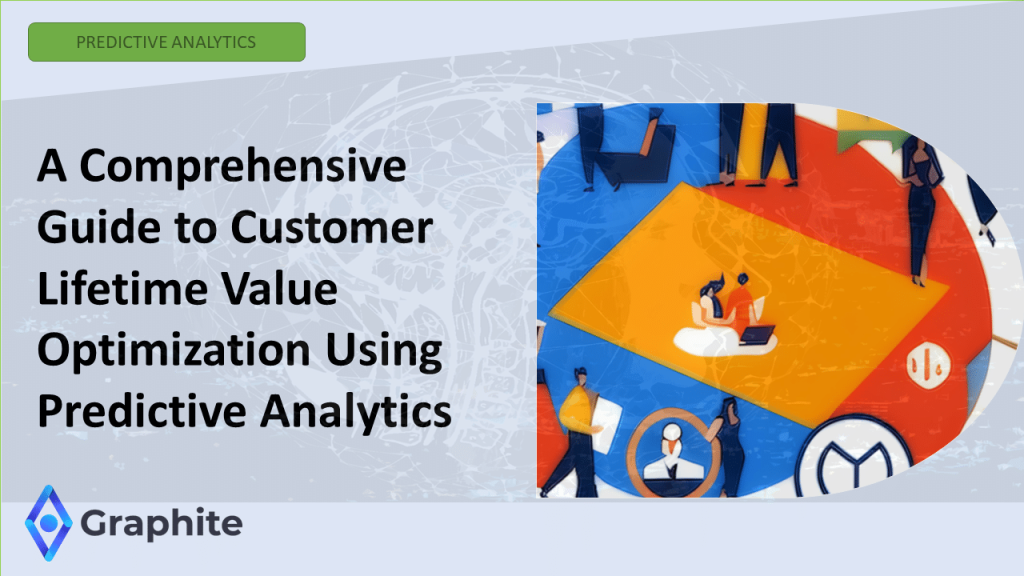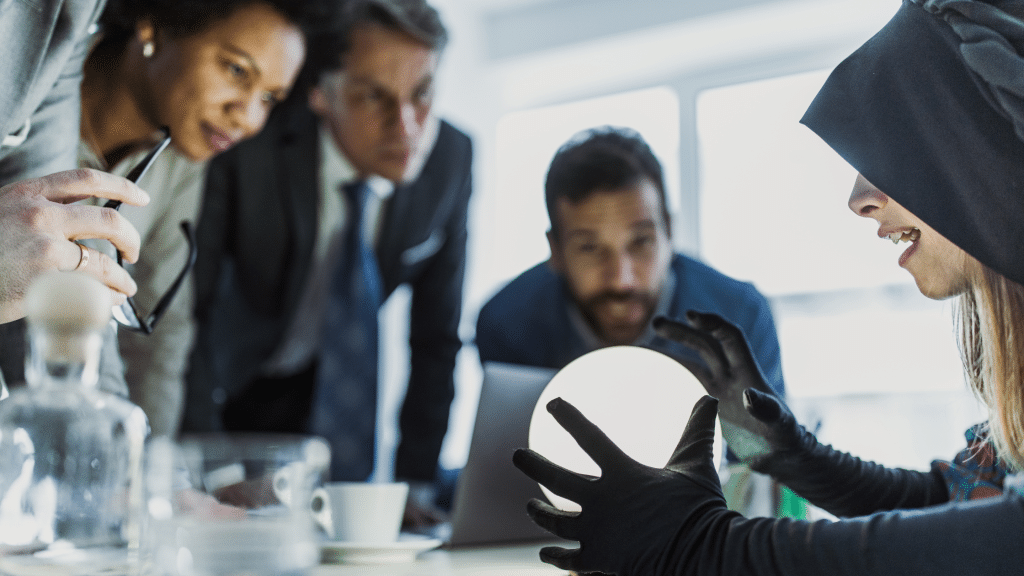Machine learning for customer segmentation
Machine learning for customer segmentation is a useful tool for your business. We explore how to use machine learning for customer segmentation. This forms part of using predictive analytics for marketing campaigns. We will define customer segmentation. We will outline why customer segmentation is essential for your business. We also look at artificial intelligence’s role in customer segmentation. We’ll consider specific use cases for machine learning for customer segmentation. We outline real world examples where companies use machine learning for customer segmentation. We also outline how to better serve your customer base using predictive analytics.
What is Machine Learning?
Machine learning is a branch of Artificial Intelligence (AI). Machine learning provides systems with the ability to learn without being programmed. The applications of machine learning span many industries. These include marketing, sales, finance, healthcare, and manufacturing. Machine learning can also be defined as a type of computer programming that enables a computer to learn for itself. The machine learning algorithm is exposed to data and lots of processing time. A data scientist can help you understand so much about your customers. This could include your customer lifetime value, the optimal number of customers you need, and more. But, you don’t need a data analyst on board if you have machine learning and predictive analytics.
Why use machine learning to segment customers?
Customer segmentation identifies distinct groups, segments, or clusters of customers who are similar. Customer segmentation also identifies customer groups who act differently from each other. Once the customer segments are defined, decision-makers can take appropriate steps to meet their needs. A customer segmentation model helps you personalize your marketing towards defined customer segments.
It is important to approach all your customers individually with a different campaign, product, email, ad, or product. Personalized customer experience is a priority. Customers do have different needs. Customer segmentation is the solution to this customer segmentation problem.
Unsupervised machine learning
A machine learning model will find patterns and similarities in data. A machine learning model uses unsupervised machine learning methods for this. When visualized correctly, data analysts can easily spot logical segments, or different groups, like:
- Customers that buy often, and spend much, are <50 years old.
- Customers that buy often, but don’t spend much, are >50 years old.
“Nearly 63% of digital marketing leaders continue to struggle with delivering personalized experiences to their customers.” – Gartner, Inc.
Machine learning and customer segmentation
Companies can create customer segmentation models manually. Using machine learning algorithms to automate customer segmentation has many advantages. Traditional segmentation methods can be highly labor-intensive. Manual data analysis can take time, especially when there are so many data sets to examine.
Machine learning techniques can sort through large volumes of data to look for patterns and find hidden insights. Machine learning can examine every aspect of a customer’s experience. These might be purchasing histories, demographic details, or any other data points that can be collected on an individual or group level.
Through this process, data scientists and data analysts can help companies answer questions like:
- Who are the most valuable customers?
- What are customers’ pain points with a particular product or service?
- Who are the customers that stop purchasing from us?
- What is our customer churn rate?
- What is our customer lifetime value?
- How should we measure customer satisfaction?
- What kind of personalized marketing efforts should we consider?
- How can we better align our marketing strategies to improve our customer service?
- How can we better understand the vast amounts of customer data we have to improve our business?
Questions to consider before starting machine learning for customer segmentation
Before companies can determine precisely how to segment their customers using machine learning models, they must first select the right questions to ask. This is the most effective way to start the process of understanding different segments.
Before using machine learning for customer segmentation, companies need to ask themselves several questions. These will help them determine how to approach the problem of customer segmentation and how best to design their algorithms.
Marketing leaders should consider which aspects of customers’ experiences they want to measure. Then, they figure out how they can collect customer data on those factors. The “right” data will depend on the business objectives. Depending on your use case for customer segmentation, you need to know the right questions to ask.
Real-world use cases of machine learning for customer segmentation
Capital One is an excellent example. The company’s goal with customer segmentation was to improve customer experience and build trust. To achieve these goals, the company needed to build an algorithm to identify its best customers’ characteristics. Capital One did this by identifying the measurable behaviors of these individuals. They then curated a set of questions that would hone in on these behaviors. The result was a survey that would automatically be sent to new credit card customers. The survey asked questions like:
- How long have they been Capital One customers?
- How many cards did they have?
- How did they hear about Capital One?
After analyzing the customers’ answers, Capital One was able to identify several distinct groups based on spending behavior and acquisition channels. These segments remained relatively stable over time. These segments also had different needs. This led Capital One to develop unique marketing campaigns to target each one, based on customer feedback. Using data science worked for Capital One to build a robust customer segmentation approach.
Machine learning for customer segmentation dataset
Deciding how to approach the problem of customer segmentation is only part of the challenge. Companies must also implement their machine learning algorithms. Further, they must find ways to generate actionable insights. Marketers can use those insights to improve the customer experience. These help you understand similar characteristics between your customer base. They also help you understand differences in your customer groups from your available data. There are usually four parameters used to determine the method used in machine learning customer segmentation:
- Geographic: This parameter defines the geographic location of a group of customers. A geographic parameter can be used to segment customers based on where they live and shop. You could use a geographic parameter to segment customers according to the state or country they reside in. This can help build loyalty among your best customers and create specific marketing materials to target their localities.
- Demographic: Age, gender, and education level are examples of demographics. These personal characteristics are the most basic data points that can be collected. Using these data points to segment customers can help marketers understand why customers behave the way they do and where to focus their efforts. For example, a company would not offer baby product loyalty programs to non-parents.
- Behavioral: Behavioral data points describe customer habits before and after a purchase. Behavioral segmentation includes details like how much money they spend or how often they shop on your website. By segmenting your customers based on their behavioral parameters, you can identify market segments suited to receive certain types of marketing messages. Analyzing customer behavior gives you key insights into how to market to them.
- Psychological: The psychological parameter is used to describe specific customer behaviors and interests. This information can be captured using surveys and questionnaires. Psychological parameters can help marketers understand which customers have similar needs. This helps marketers to create a set of customer segments who are more likely to use the product or service.
The key to successful customer segmentation is in the design of your algorithms and survey questions. You should aim to determine what characteristics make up different customer segments, then work on collecting data on those factors.

Customer segmentation process automation
You can use machine learning to automate most elements of the customer segmentation process. You can analyze large volumes of data, collect data, and create survey questions.
This helps you determine what makes a good customer segment.
Personalization and customer segmentation
Above everything else, you should focus your efforts on personalization. Successful customer segmentation doesn’t just mean dividing your customers into groups. Successful customer segmentation means developing marketing clusters that offer individualized customer experiences. Customer segmentation improves customer experience and boosts company revenue. Customer segmentation with machine learning is fast, unbiased, and efficient. Once you’ve built a machine learning model for customer segmentation, you can apply it to new data too. This will help you build your business, personalize your customer experience, and better serve your customers.
Take your customer segmentation to the next level with Graphite Note’s ready-to-go prebuilt models.







